4-NITROPHENYL-ALPHA-D-GALACTOPYRANOSIDE
Synonym(s):p-Nitrophenyl α-D -galactopyranoside
- CAS NO.:7493-95-0
- Empirical Formula: C12H15NO8
- Molecular Weight: 301.25
- MDL number: MFCD00065050
- EINECS: 231-343-6
- SAFETY DATA SHEET (SDS)
- Update Date: 2025-12-23 21:30:31
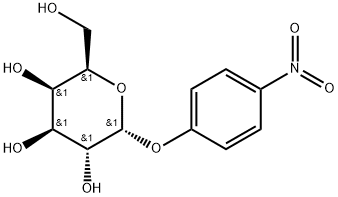
What is 4-NITROPHENYL-ALPHA-D-GALACTOPYRANOSIDE?
Chemical properties
Off-White Crystalline Solid
The Uses of 4-NITROPHENYL-ALPHA-D-GALACTOPYRANOSIDE
p-Nitrophenyl α-D-Galactopyranoside (cas# 7493-95-0) is a compound useful in organic synthesis.
What are the applications of Application
4-Nitrophenyl α-D-galactopyranoside is a chromogenic substrate used to detect hydrolase enzymes
Definition
ChEBI: An alpha-D-galactopyranoside having a 4-nitrophenyl substituent at the anomeric position.
Purification Methods
Purify 4-nitrophenyl--D-galactopyranoside by recrystallisation from H2O or aqueous EtOH. The monohydrate has m 85o which resolidifies and melts again at 151-152o (the hemihydrate), then resolidifies again and melts at 173o to give the anhydrous form. Drying the monohydrate at 60o yields the hemihydrate, and drying at 100o gives the anhydrous compound. The tetraacetate has m 147o after drying at 100o. [Jermyn Aust J Chem 15 569 1962, Helfreich & Jung Justus Liebigs Ann Chem 589 77 1954.] It is a substrate for galactosidase [Dangelmaier & Holmsen Anal Biochem 104 182 1980]. [Beilstein 17/7 V 55.]
Properties of 4-NITROPHENYL-ALPHA-D-GALACTOPYRANOSIDE
| Melting point: | 166-169 °C |
| Boiling point: | 582.2±50.0 °C(Predicted) |
| Density | 1.599±0.06 g/cm3(Predicted) |
| refractive index | 239 ° (C=1, H2O) |
| storage temp. | -20°C |
| solubility | Methanol (Slightly), Water (Slightly) |
| form | Solid |
| pka | 12.55±0.70(Predicted) |
| color | White to Off-White |
| BRN | 92214 |
| CAS DataBase Reference | 7493-95-0(CAS DataBase Reference) |
Safety information for 4-NITROPHENYL-ALPHA-D-GALACTOPYRANOSIDE
| Signal word | Warning |
| Pictogram(s) |
 Exclamation Mark Irritant GHS07 |
| GHS Hazard Statements |
H315:Skin corrosion/irritation H319:Serious eye damage/eye irritation H335:Specific target organ toxicity, single exposure;Respiratory tract irritation |
| Precautionary Statement Codes |
P261:Avoid breathing dust/fume/gas/mist/vapours/spray. P305+P351+P338:IF IN EYES: Rinse cautiously with water for several minutes. Remove contact lenses, if present and easy to do. Continuerinsing. |
Computed Descriptors for 4-NITROPHENYL-ALPHA-D-GALACTOPYRANOSIDE
| InChIKey | IFBHRQDFSNCLOZ-IIRVCBMXSA-N |
New Products
4,4-Difluoropiperidine hydrochloride tert-butyl 9-methoxy-3-azaspiro[5.5]undecane-3-carboxylate Indole Methyl Resin N-Isopropylurea N,N-Dicyclohexylcarbodiimide(DCC) MELDRUMS ACID 5-METHYLISOXAZOLE-4-CARBOXYLIC ACID Magnessium Bis glycinate Zinc ascorbate 1-bromo-2-butyne 2-acetamidophenol 9(10H)-anthracenone Erythrosin B, 4-Piperidinopiperidine 2-((4-morpholinophenylamino) (methylthio) methylene) malononitrile 2,4-dihydroxybenzaldehyde 3-(4-morpholinophenylamino)-5-amino-1H-pyrazole-4-carbonitrile Methyl 2-methylquinoline-6-carboxylate 2,6-dichloro-4-nitropyridine 4-Bromo-2-chlorobenzonitrile 2-(benzylamino)acetic acid hydrochloride 4-(tert-Butoxycarbonylamino)but- 2-ynoic acid 3,4-dihydro-2H-benzo[b][1,4]dioxepine 1-Phenyl-1-cycloprppanecarboxylicacidRelated products of tetrahydrofuran
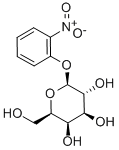

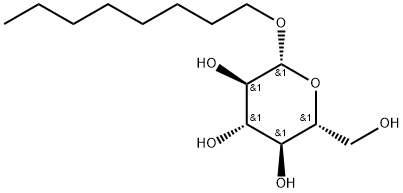

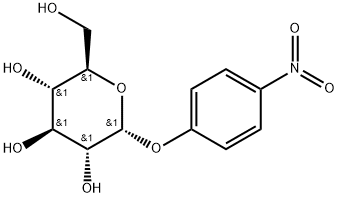
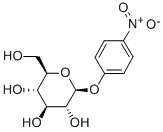
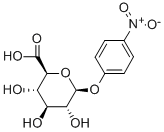
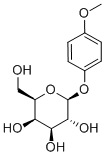
You may like
-
 p-Nitrophenyl α-D-galactopyranoside, ≥99% (TLC) CAS 7493-95-0View Details
p-Nitrophenyl α-D-galactopyranoside, ≥99% (TLC) CAS 7493-95-0View Details
7493-95-0 -
![4-Nitrophenyl α-D-Galactopyranoside [Substrate for α-D-Galactosidase] CAS 7493-95-0](https://img.chemicalbook.in//Content/image/CP5.jpg) 4-Nitrophenyl α-D-Galactopyranoside [Substrate for α-D-Galactosidase] CAS 7493-95-0View Details
4-Nitrophenyl α-D-Galactopyranoside [Substrate for α-D-Galactosidase] CAS 7493-95-0View Details
7493-95-0 -
 p-Nitrophenyl a-D-Galactopyranoside extrapure CAS 7493-95-0View Details
p-Nitrophenyl a-D-Galactopyranoside extrapure CAS 7493-95-0View Details
7493-95-0 -
 4-Nitrophenyl-alpha-D-galactopyranoside CAS 7493-95-0View Details
4-Nitrophenyl-alpha-D-galactopyranoside CAS 7493-95-0View Details
7493-95-0 -
 4-Nitrophenyl α-D-galactopyranoside CAS 7493-95-0View Details
4-Nitrophenyl α-D-galactopyranoside CAS 7493-95-0View Details
7493-95-0 -
 20677-73-0 (2,2-diethoxyethyl)methylamine 98%View Details
20677-73-0 (2,2-diethoxyethyl)methylamine 98%View Details
20677-73-0 -
 3-(4-(hydroxyamino)-1-oxoisoindolin-2-yl)piperidine-2,6-dione 98%View Details
3-(4-(hydroxyamino)-1-oxoisoindolin-2-yl)piperidine-2,6-dione 98%View Details -
 57381-49-4 2-bromo-4-chlorobenzonitrile 98%View Details
57381-49-4 2-bromo-4-chlorobenzonitrile 98%View Details
57381-49-4
